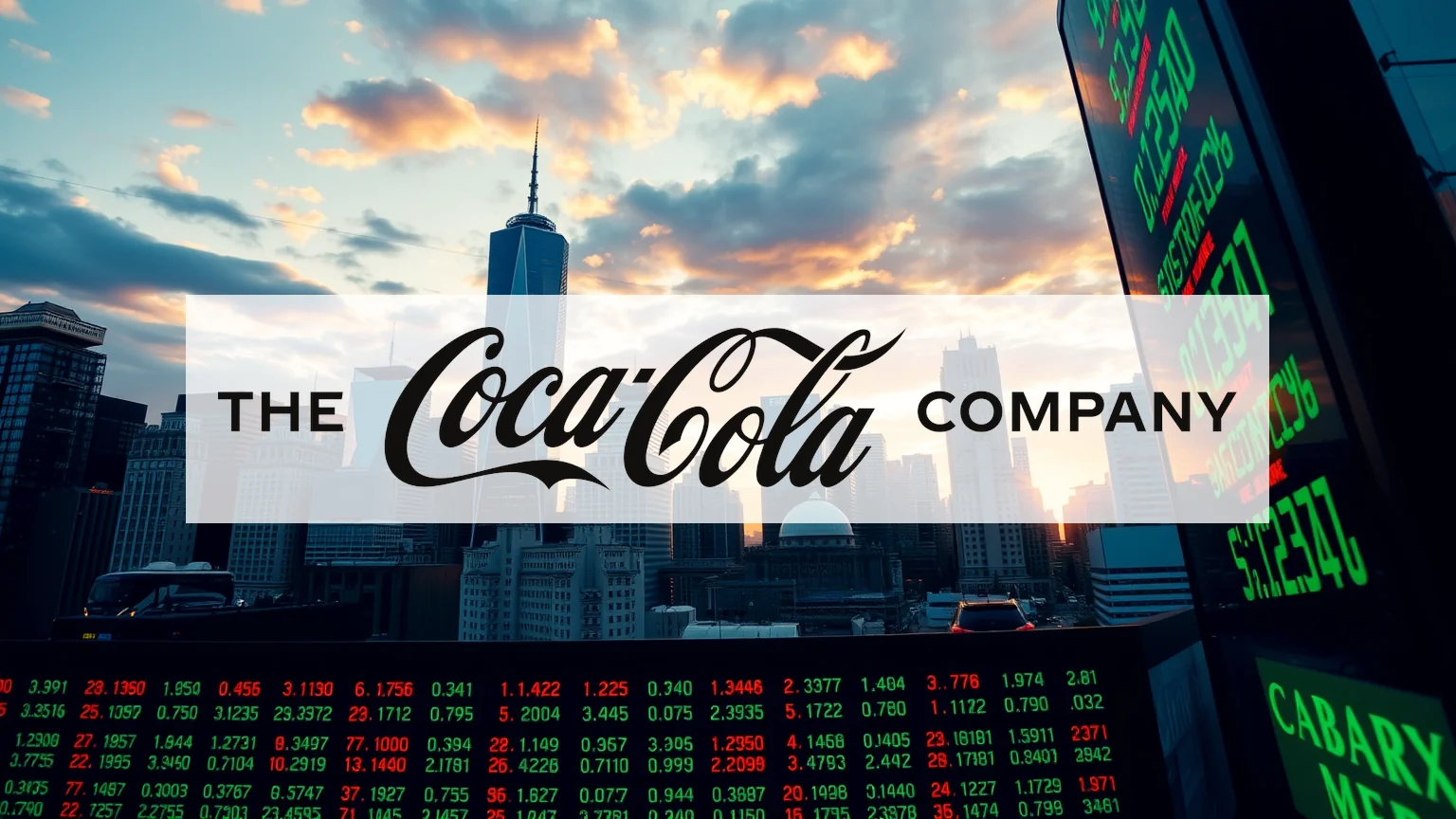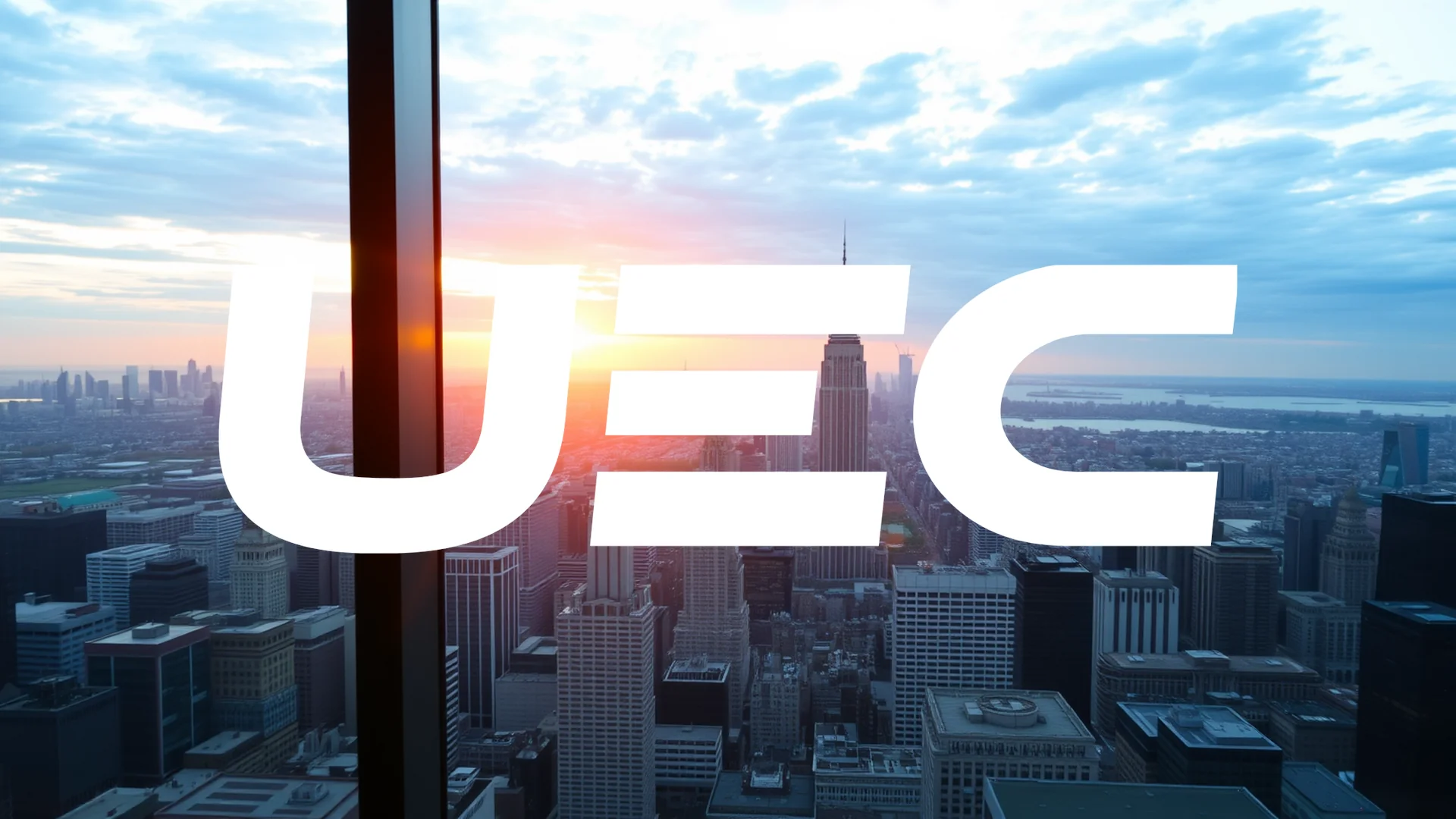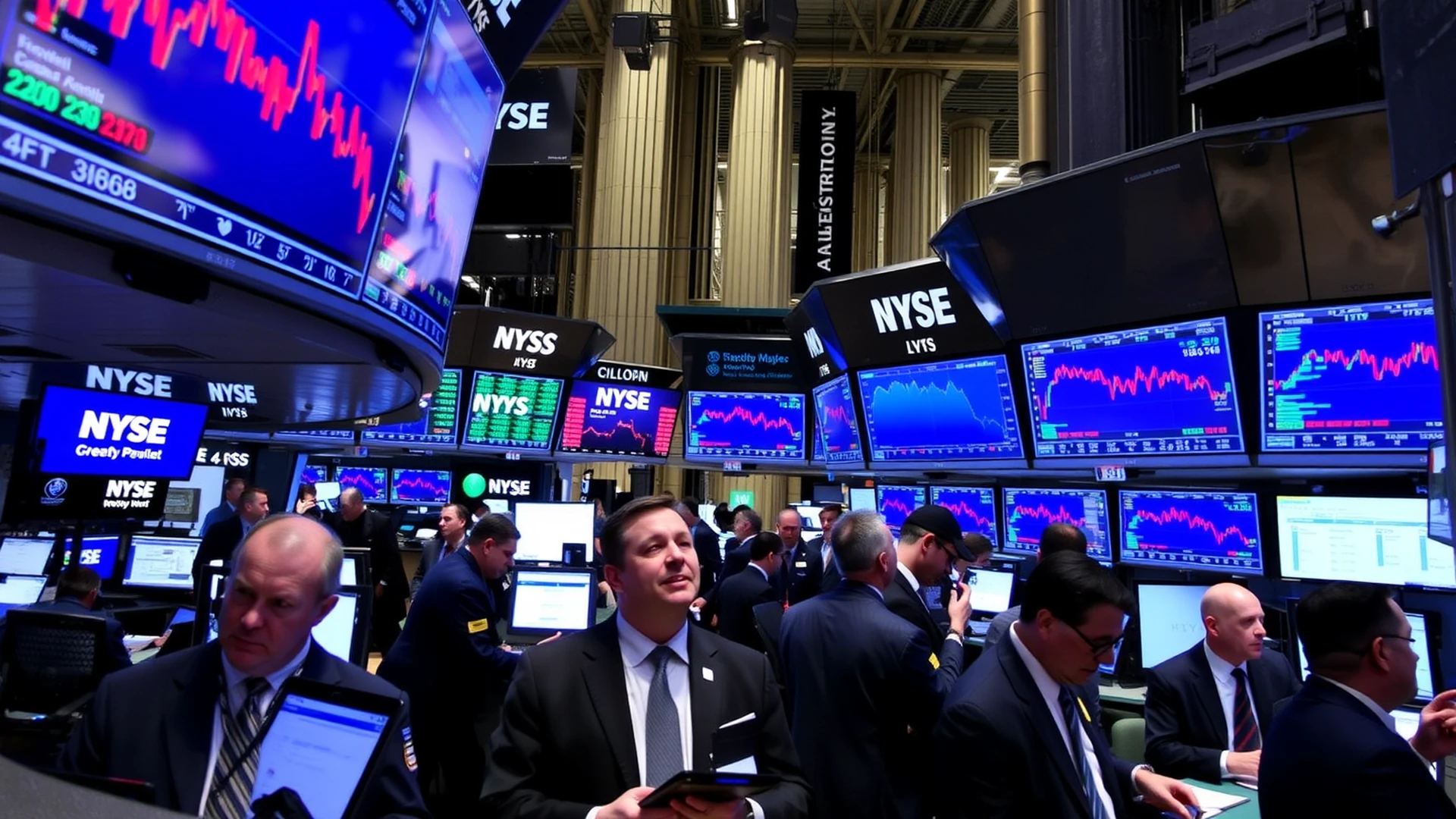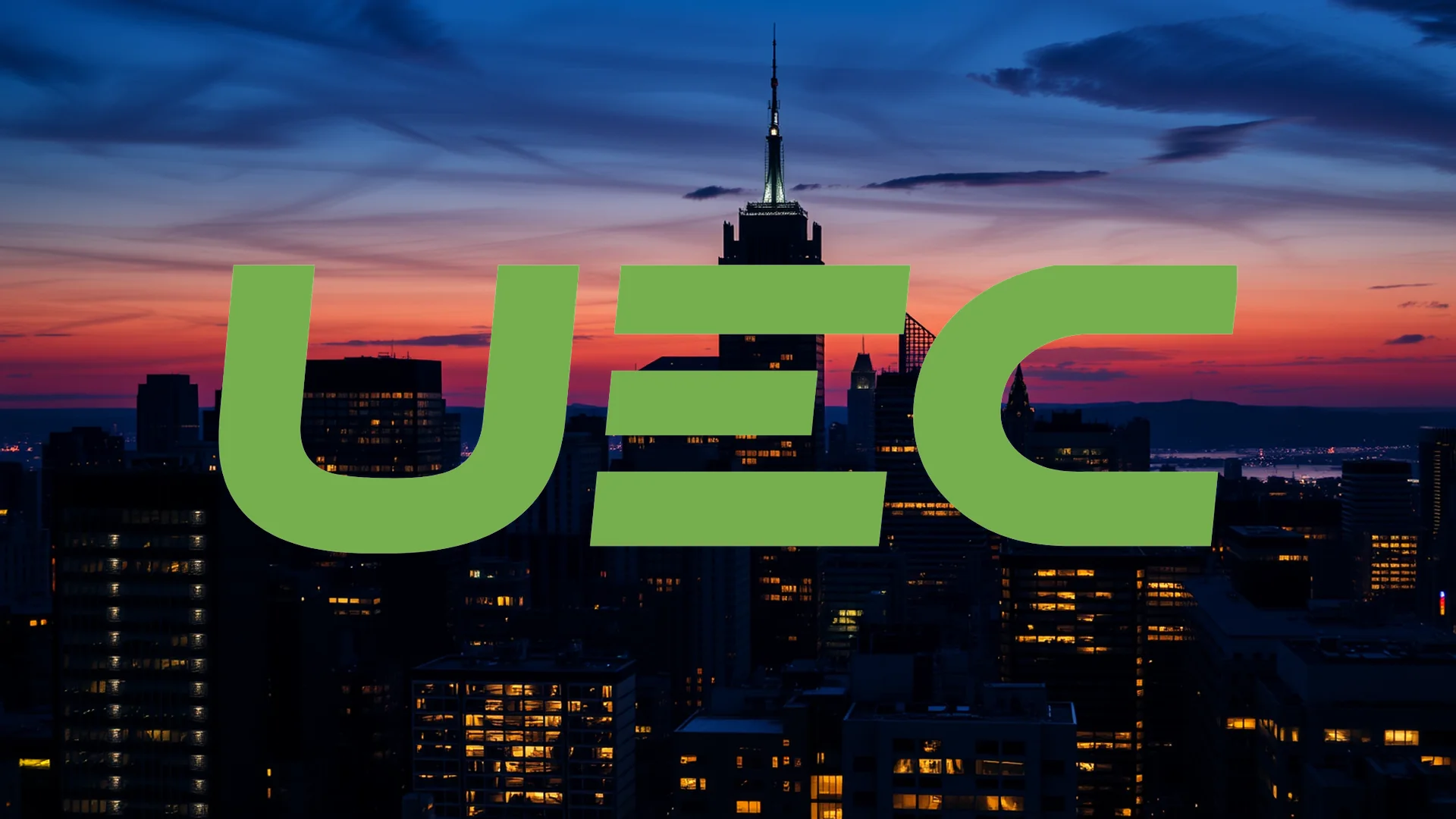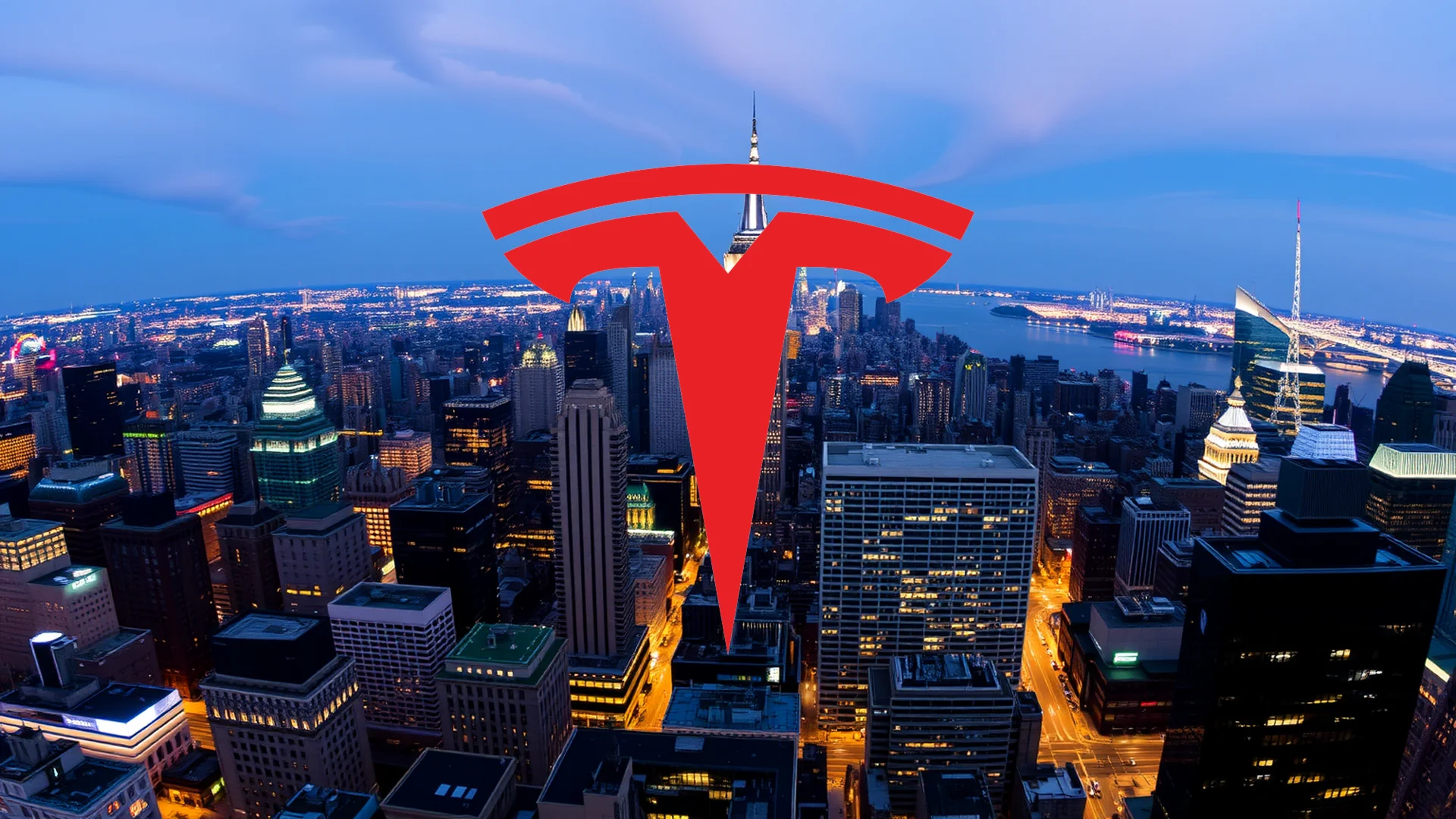Coca-Cola faces a fundamental business challenge: its growth is now driven primarily by price increases rather than rising sales volume. Recent quarterly results highlight a concerning pattern where unit sales are contracting even as the company continues to raise prices. This approach raises critical questions about its sustainability if consumer pushback intensifies.
Profitability Masks Underlying Volume Weakness
The beverage giant’s operational efficiency remains impressive, with a second-quarter operating margin of 34.1% that significantly outpaces industry averages. This demonstrates masterful cost management, yet these strong profitability figures obscure growing pressures on the company’s core business model.
Beneath the surface, key performance indicators reveal troubling trends. Global unit case volume declined by 1% in the second quarter, while net revenue saw only minimal growth of 1%. This apparent stability was artificially achieved through substantial price hikes—5.5% this year following an aggressive 9% increase the previous year. The resulting 5% organic revenue growth reflects pricing power rather than genuine demand expansion.
Even the flagship sparkling soft drinks category experienced a 1% volume decrease. While Coca-Cola Zero Sugar posted strong 14% growth, this performance proved insufficient to offset broader category contraction. Market response to these developments has been notably cautious.
International Exposure and Regulatory Headwinds
Coca-Cola’s significant global footprint presents additional complications. International markets generate 65% of total revenue but have become vulnerable points due to currency volatility, which continues to substantially impact financial results and represents an ongoing risk factor.
Should investors sell immediately? Or is it worth buying Coca-Cola?
Simultaneously, the company faces potential regulatory challenges. Discussions about costlier sugarcane obligations and possible reductions in government support programs threaten to drive operating expenses higher while further suppressing consumer demand.
Dividend Sustainability Concerns
The investment case presents a mixed picture. Coca-Cola maintains its status as a “Dividend King” with 63 consecutive years of dividend increases and a current yield of 2.9%. However, the company has significantly scaled back its share repurchase program amid stagnant stock performance.
A particularly concerning development emerged in the second quarter: the company reported negative operating cash flow, primarily resulting from a substantial payment for the fairlife acquisition. This cash flow reversal is drawing increased scrutiny from investors.
The central question remains whether Coca-Cola can reverse its volume declines or whether the beverage titan will become trapped in a cycle of using price increases to compensate for diminishing consumer demand.
Ad
Coca-Cola Stock: Buy or Sell?! New Coca-Cola Analysis from January 7 delivers the answer:
The latest Coca-Cola figures speak for themselves: Urgent action needed for Coca-Cola investors. Is it worth buying or should you sell? Find out what to do now in the current free analysis from January 7.
Coca-Cola: Buy or sell? Read more here...

